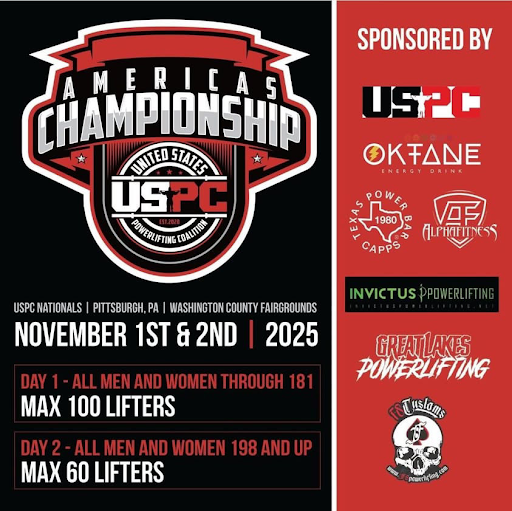Gender gap pay coming to end
This image was accessed via Google Images under the Creative Commons License
Over 75,000 women from Iceland joined together in 1975 to go on strike to close the gender pay gap and demand equal rights.
The gender pay gap is the difference between the earnings of men and women in the workforce and has affected women for over a century.
This issue has created such an uproar in the United States that Equal Pay Day, declared by the National Committee on Pay Equity in 1996, has been nationalized and symbolizes the day of how far into the year the average woman must work in order to have earned what the average man had earned from the previous year. The date of this day differs from year to year, but this year it was on March 7.
According to the Bureau of Labor Statistics, “In 2021, median weekly earnings for wage and salary workers who usually worked full time were $998. Median earnings for women were $912, or 83.1 percent of men’s earnings.”
Women’s History Month is an appropriate time to raise more awareness for equal pay. This movement started around the 1870s, when over 500 female U.S. Government employees were being paid only a share of the male salary, and a resolution was attempted to be passed. But by the time the Senate approved it it had been watered down to no improvement.
In 1963, John F. Kennedy enacted the Equal Pay Law, which ultimately failed the female working class. Finally in 2009, Barack Obama signed the Lilly Ledbetter Equal Pay Act. The act requires employers to redouble their efforts to ensure that their pay practices are non-discriminatory and to make certain that they keep the records needed to prove the fairness of pay decisions.
Lilly Ledbetter is an American activist and was former Goodyear Tire & Rubber Co. employee until she became the plaintiff in the Supreme Court case against them for discrimination and unfair pay in 2009. Ledbetter lost the case, but she became the inspiration to more women to come forward and single-handedly pushed Obama to pass the act and name it after her.
English teacher Ms. Denman states, “I am fortunate to work in a career that has no gender bias, but I do understand that it’s out there and I feel confident and hopeful that we are working on closing that gap.”
Considering the wages in their present state, women, families, single mothers and the economy are feeling the full effects. The unequal earnings means lower lifetime pay and a higher rate of poverty for women.
The U.S. Women’s national soccer team just won a settlement against the U.S Soccer Federation for $24 million in a fight for equal pay. The federation promised equal pay for all future players as well. This case should be a wake up call to any U.S. female sport organizations or any workplaces in general that this pay gap will no longer be tolerated.
Great strides are being made by powerful women to fight for equal wages and employee appreciation in order to close the pay gap.
Outside of school Hunter is found working or at all star cheer practice. During her free time she likes hanging out with her friends or practicing to work...






